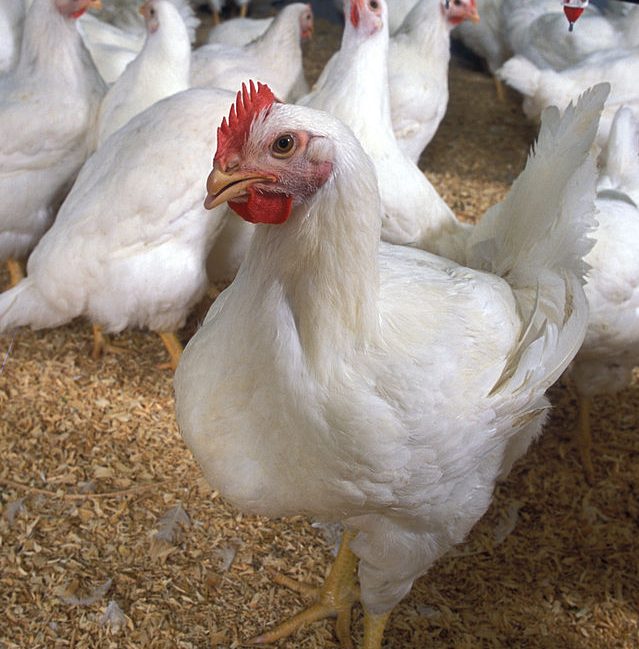After serving as Inspector General since 2002, veteran U.S. Department of Agriculture (USDA)’s Inspector General (IG) Phyllis K. Fong finally let go reluctantly.
According to Reuters, the long-term veteran resisted her firing by President Trump, citing such overnight notice as “not proper.”
Fong was among 17 IGs under dismissal Friday January 23rd, but she still returned Monday, prompting a security escort out.
Another terminated IG was Mark Greenblatt of the Interior Department, whose 7.30 p.m. email of dismissal cited “changing priorities.”
For Fong, there is a 2-decade legacy behind her such as food safety rulings and most recently, bird flu monitoring.
Her latest investigations include Neuralink, a brain implant startup by Elon Musk and a sanitation breach at a food plant in Virginia.
What do agriculture Inspector Generals do?
Politics aside, it is important to note that the work of an USDA inspector general is economically far-reaching, within and without.
According to USDA, the Office of Inspector General (OIG) looks into the department’s internal allegations and maintains economical efficiency within.
Some of its work extends outside the department into the grassroots, especially fraud and accountability cases. The most recent example was a January 7, 2025 crop insurance fraud by a farmer in Michigan. A district court fined the grower $87,500 after OIG proved him as lying about owning crops so as to obtain free crop insurance.
OIG also branches out to create accountability in cases involving food safety and farmers’ support during hard times. For instance, during COVID-19, the OIG oversaw the proper use of $5 trillion in agricultural pandemic program funding.
So, the Inspector General’s office at USDA can be a demanding one despite Fong’s longterm delegation with the role. Below are statistics on how past inspector generals have impacted agricultural economic accountability in the U.S.
USDA Inspector General Economic Statistics
Every year, inspector generals have been presenting half-yearly reports to Congress. Below is a decade-by-decade skimming of the economic aspect of these reports since 1979:
In 1979, under Thomas R. McBride as IG, USDA had a total operating budget of $20 billion, according to its official site.
10 years later in November 1989, with Leon Snead as IG, the office of inspector general oversaw the recovery of $63.6 million. It also identified $147.8 million that could be put to better use.
By the second half of 1999, the OIG under Roger C. Viadero had uncovered multiple frauds in the agricultural sector. These frauds led to 208 indictments and 311 convictions. The office also recovered $42 million from projects and from fines. It also identified $107 million that could undergo better use, but failed to recover some $72 million.
In November 2009, during Fong’s office tenure, the office channeled 99.5% of its resources towards making public food safety a priority. The office saw 96.7% of its audit recommendations on food safety receive implementation within a year of the recommendation.
December 2019: still under Fong, end 2019 saw the recovery of $215.3 million. The office also outlined $2.2 billion that could go into better use, as well as convicted 202 felons.
